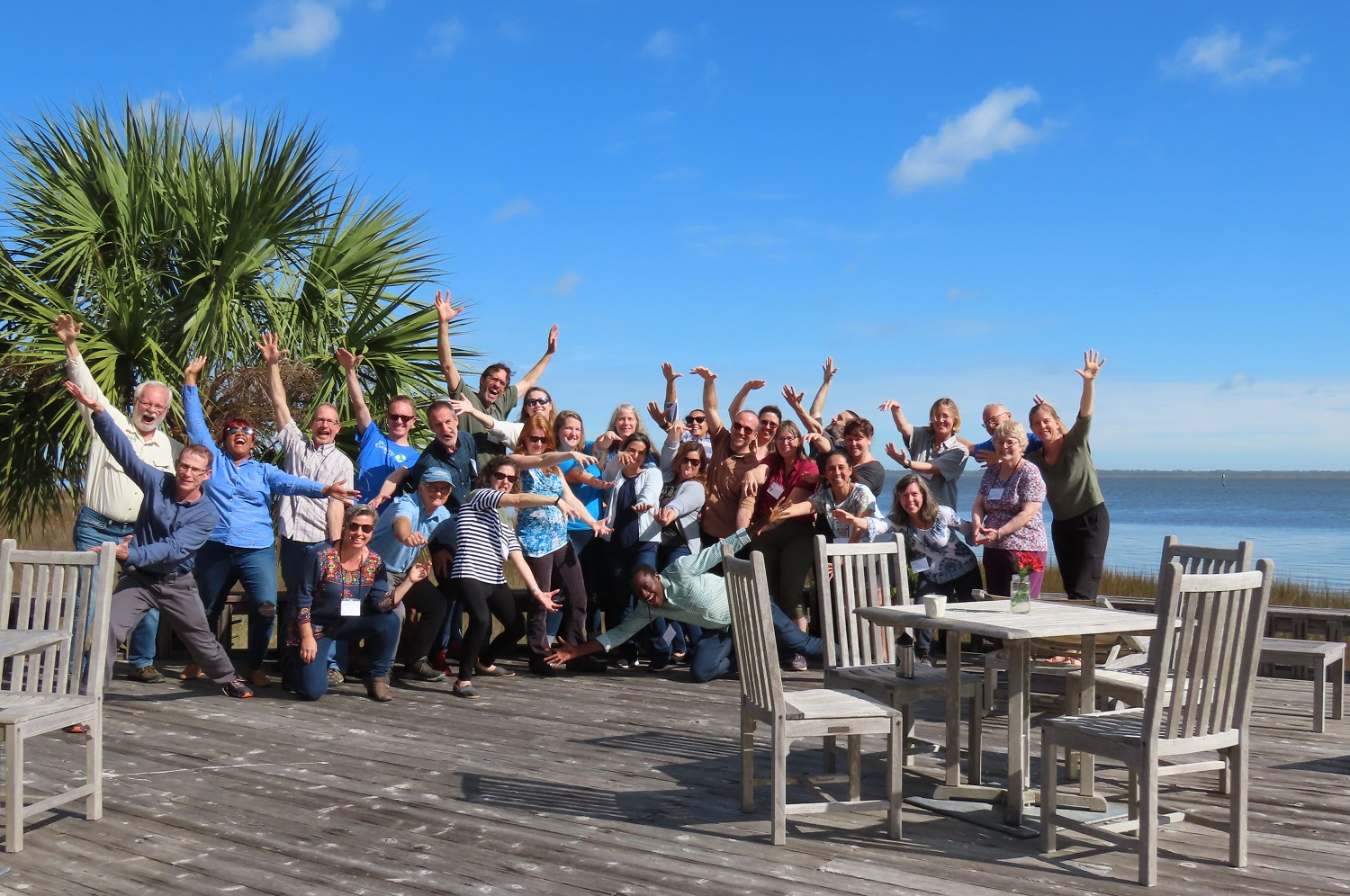 Conservation by Design 2.0 Facilitator’s Training, Georgia, USA, January 13-17, 2020 Photo: Chris Pague / TNC
Conservation by Design 2.0 Facilitator’s Training, Georgia, USA, January 13-17, 2020 Photo: Chris Pague / TNC
Story from Natalie Holland (The Nature Conservancy)
So, what exactly are the key advances in Conservation by Design 2.0 (CbD 2.0, TNC’s recently updated core conservation methodology)? How is it similar to and/or different from the Conservation Standards? And how can we as facilitators support teams in applying it?
Recently, an amazing group of 29 trainers, subject matter experts, and participants from across TNC came together as a “Community of Practice” to answer these questions and contribute their experiences and perspectives to our collective understanding of CbD2.0. Our venue ticked all of the boxes for a workshop setting: we were the only group of people present and we enjoyed spectacular natural surroundings, comfortable lodging, and a big meeting room with lots of wall space, a deck overlooking the pond and resident alligator, and a dock with visiting dolphins! In addition to sharing knowledge and experiences, we also worked together as a “Community” with participants pitching in to cook for others and ensure we had coffee and snacks.
The workshop followed the standard format of a Conservation Standards Coaches Training with presentations and exercises to practice facilitation of the steps, but it was tailored to CbD content. Throughout the workshop, we emphasized key advances of CbD 2.0: how can we factor in systemic change, diversity, equity, inclusion, evidence, and spatial considerations at each step of the process, and what this looks like in practice. Throughout the process, we identified areas that benefit from the application of the Conservation Standards, as well as areas where the Conservation Standards could be improved. While we do not have all the solutions yet, we selected priorities to work on together as a Community of Practice, and in the spirit of adaptive management, we will be seeking further perspectives in a session at the CCNet Rally.
Learn more about CbD 2.0 here.
